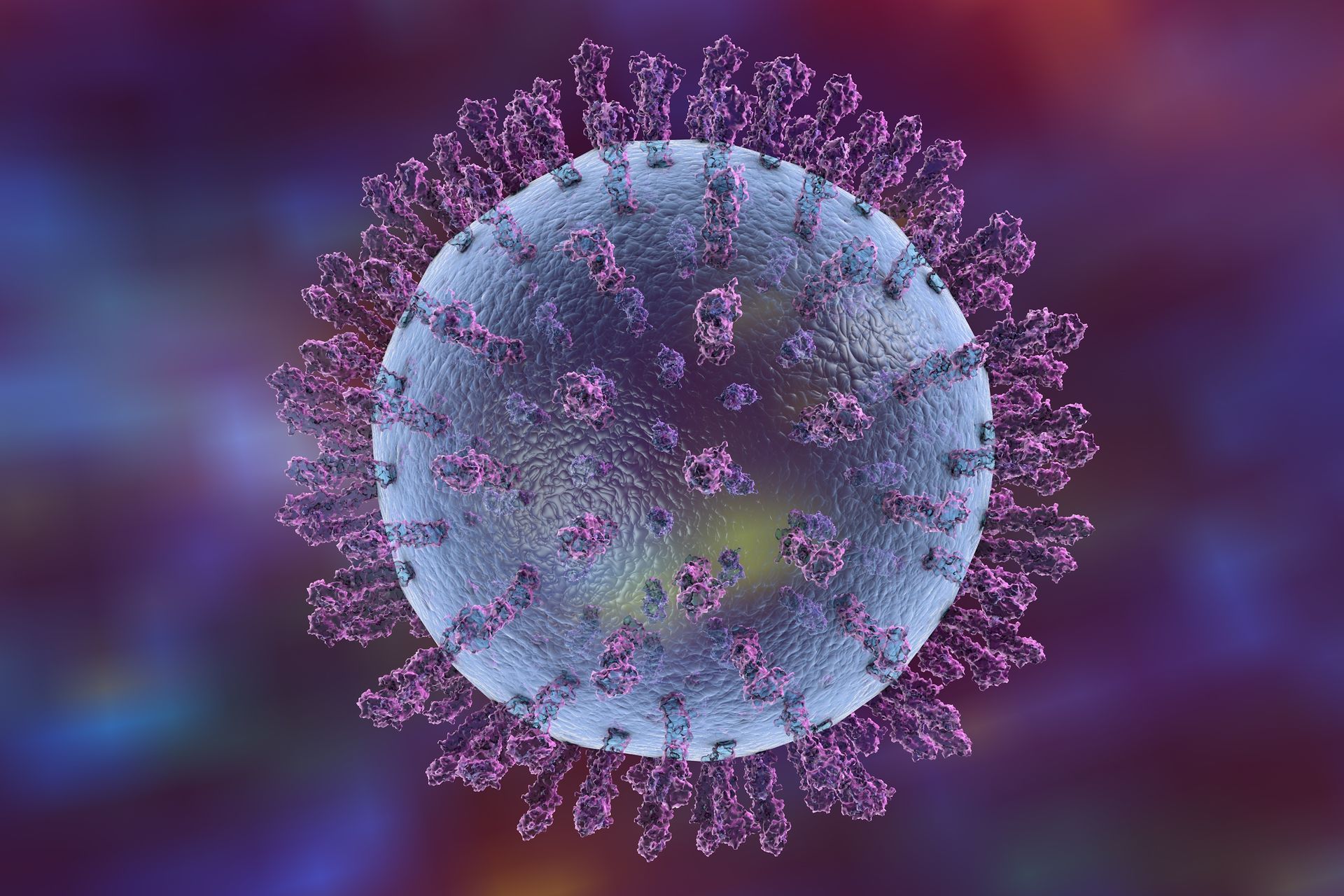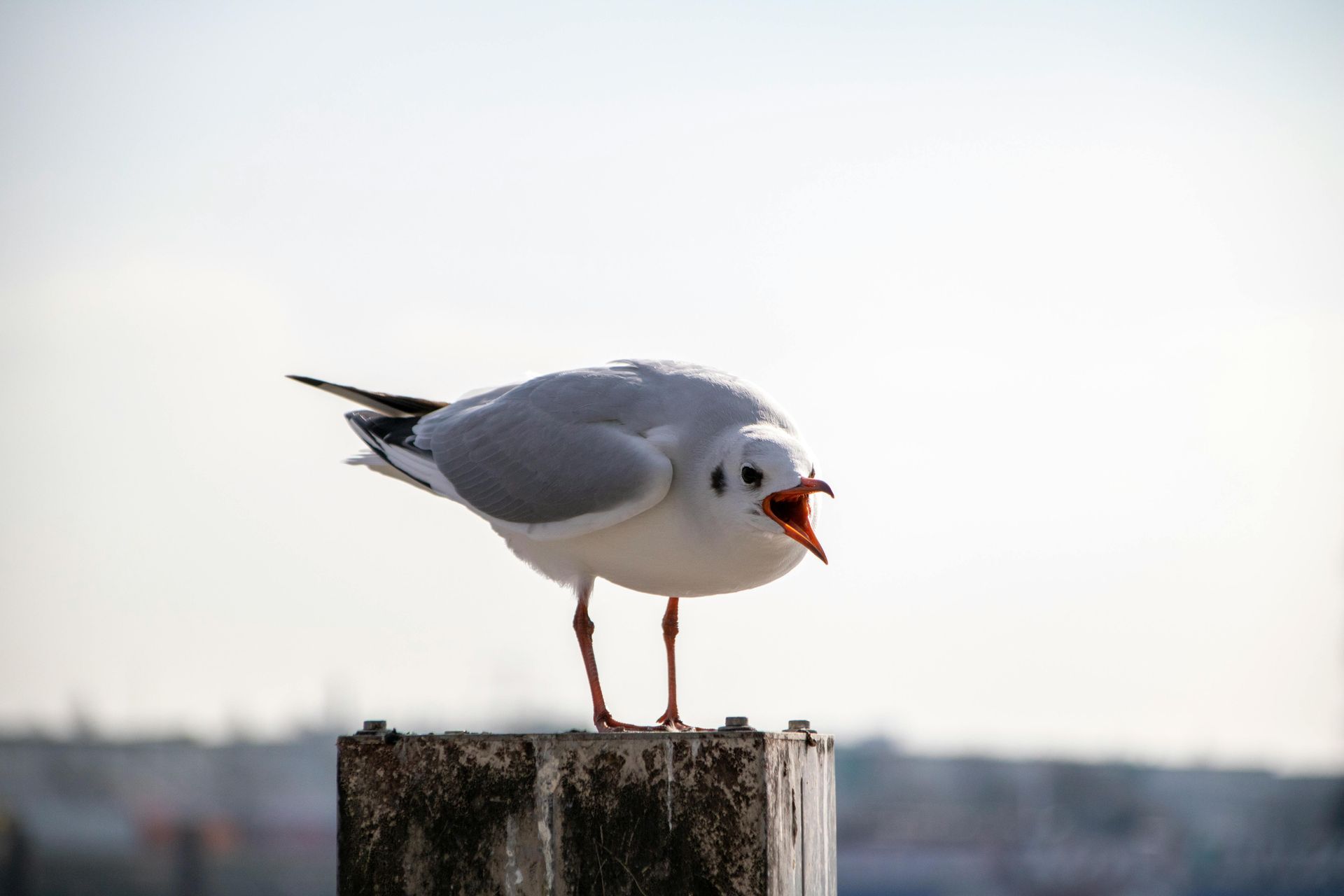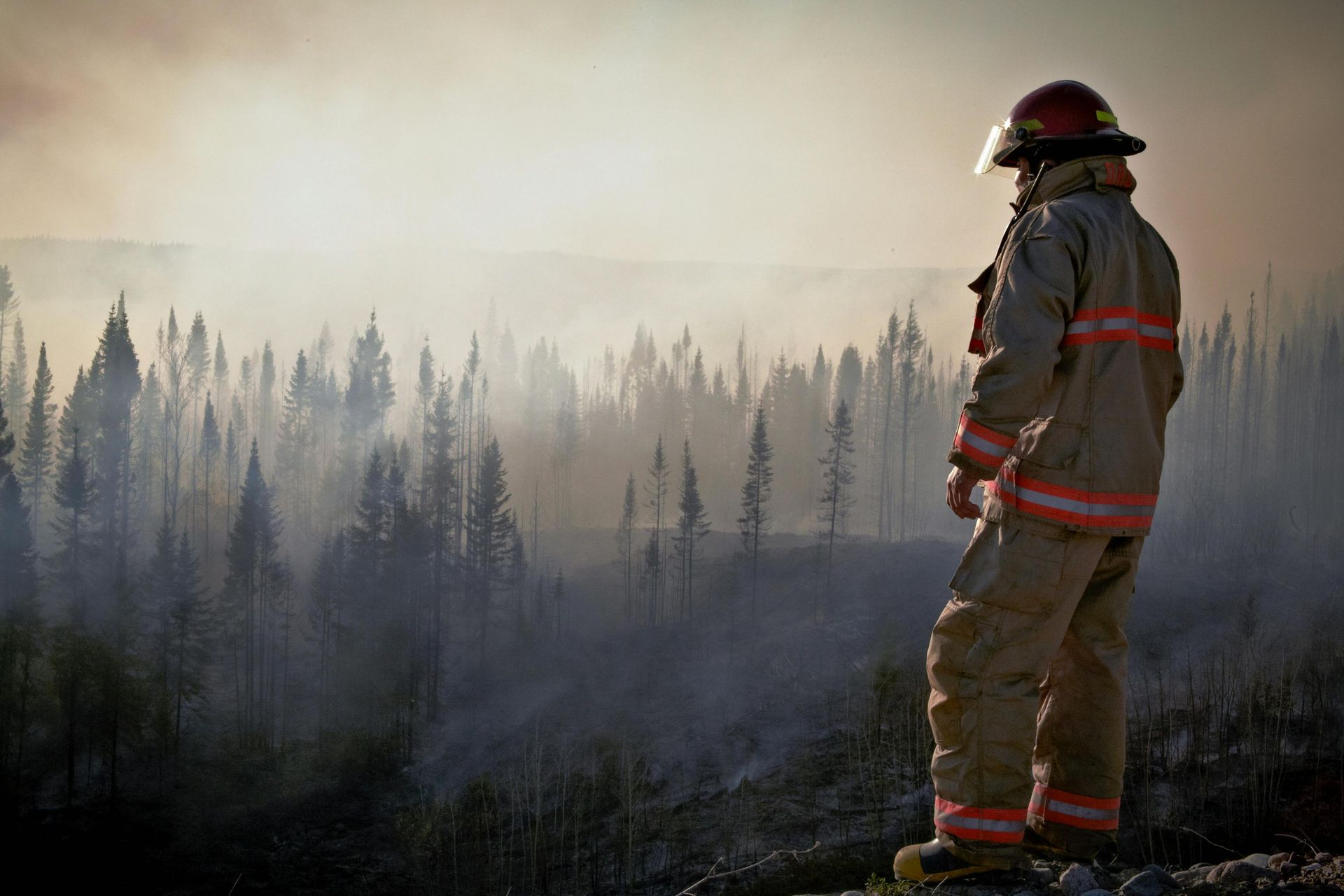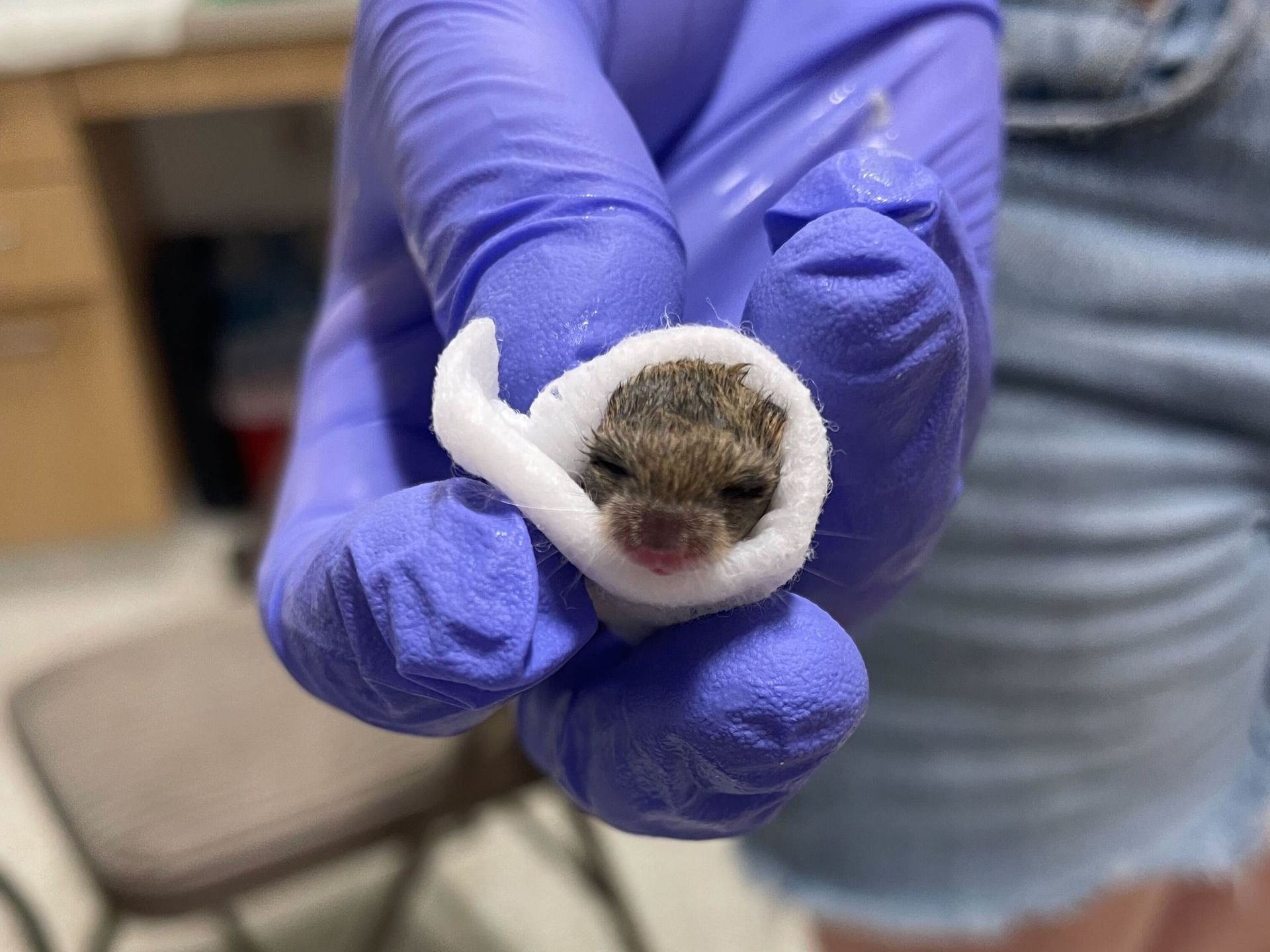Avian flu, or bird flu, is a disease that affects wild and domestic birds, occasionally spreading to humans in rare cases. While it might sound alarming, understanding how avian flu works and how to respond can help reduce risks and protect both wildlife and people. Most of the time, avian flu remains a concern for bird populations, but knowing how to recognize signs of the disease and take simple precautions can keep everyone safe.

Wild birds, especially waterfowl and shorebirds, are natural carriers of avian flu. These birds sometimes don’t show symptoms but can spread the virus to domestic poultry and other species. Outbreaks in wild bird populations are part of the natural cycle, but large-scale events can impact local ecosystems and the health of backyard flocks.
One of the easiest ways to minimize risks is to avoid handling sick or dead birds. If you come across a bird that appears ill—such as one struggling to fly, showing disorientation/neurological symptoms, in respiratory distress,, or with unusual swelling—report it to your local wildlife authorities. They can monitor the situation and take the necessary steps to manage the spread. Do not touch deceased or sick birds.
For bird lovers, it’s especially important to keep feeders and birdbaths clean. Regularly washing and disinfecting these items helps prevent disease transmission between birds. If an avian flu outbreak is reported in your area, consider taking down feeders temporarily to reduce gathering spots for wild birds.
Avian flu is also a reminder of how closely human and wildlife health are connected. Backyard poultry owners should take extra precautions, such as keeping domestic birds separate from wild bird populations. Simple actions like having separate boots for entering coops, keeping feed covered, and monitoring your flock for signs of illness can make a huge difference.
Did you know that avian flu is one of the most studied animal diseases in the world? Decades of research have given scientists a deep understanding of how it spreads and how to control it. Thanks to this knowledge, we have tools to protect both wildlife and human communities. Awareness and early reporting are key to preventing larger outbreaks. The
CDC and
USDA have more information on Avian Flu.

Avian Flu – FAQ
- What steps can I take to protect my backyard birds from avian flu?
Keep feeders and birdbaths clean, avoid attracting large flocks, and watch for signs of illness. If avian flu is reported nearby, temporarily take down feeders to reduce gathering spots. - Are there specific precautions I should take if I own backyard poultry?
Yes! Keep your poultry separate from wild birds, wash your boots before entering coops, and monitor your birds for any signs of illness. Cover feed and water to prevent contamination. - What can I do if I notice an unusual increase in bird deaths?
Report it to your local wildlife authority immediately. They will investigate and take steps to prevent further spread. - When should I stop feeding birds to reduce the risk of avian flu transmission?
If an outbreak is reported in your area, pause feeding until it’s safe again. This helps prevent large gatherings of birds, which can spread disease. - How can I monitor bird activity in my area to help prevent the spread of avian flu?
Stay informed through local wildlife organizations. Keep an eye on unusual bird behavior and report any sudden increase in illness or deaths. - What should I do if I come into contact with a sick or dead bird?
If handling an animal can not be avoided, full PPE should be worn, including gloves, an N-95 face mask, hair covering, protective glasses or goggles, and a long-sleeved full body gown or coveralls.Wash your hands immediately and disinfect any surfaces that came into contact with the bird. Contact your local wildlife authority and/or health department for further guidance and contact your health provider.





